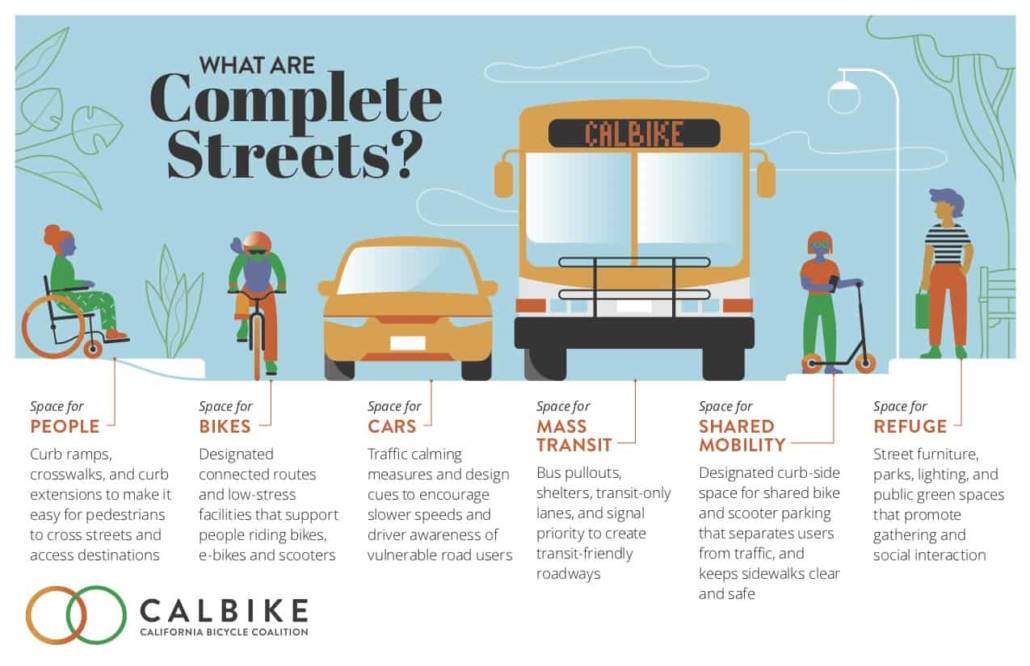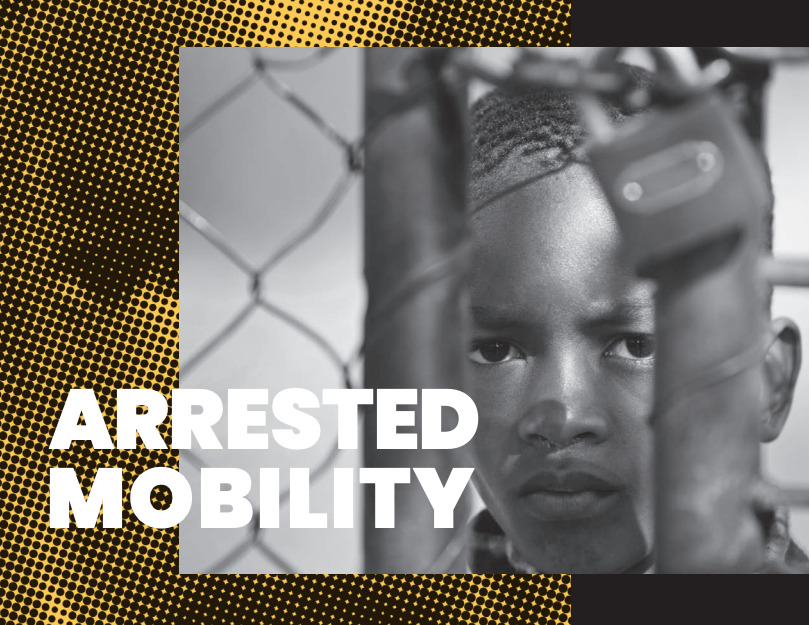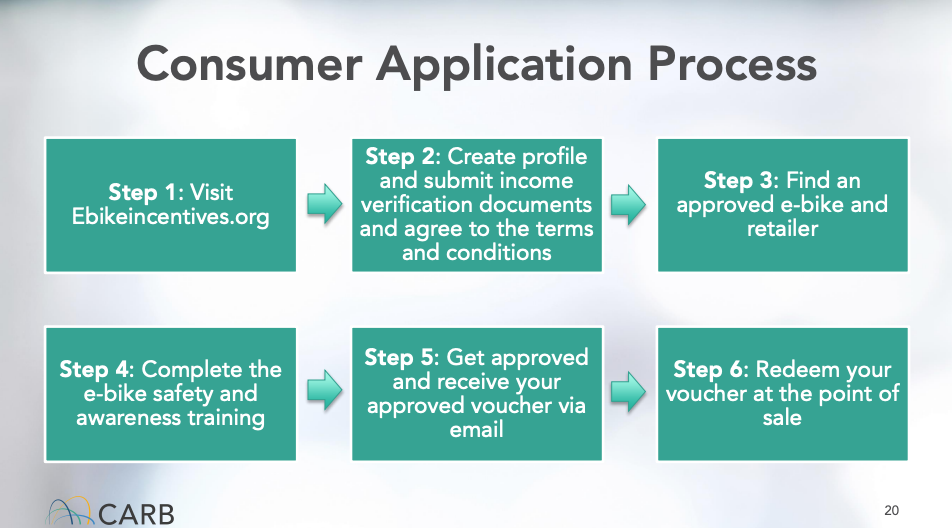June 2 was the deadline for all bills to move from their house of origin or get nixed. While two of CalBike’s top-priority bills didn’t survive, many more excellent measures are moving forward. Here’s where we stand.
Bills moving forward
By June 2, all Assembly bills needed to pass a floor vote and move to the Senate, and Senate bills needed to move to the Assembly. Happily, most of the bills CalBike supports this year made the cut.
Stop Pretextual Policing
(SB 50, Bradford): Another Biking Is not a Crime measure, this bill prohibits police officers from stopping or detaining a bike rider for a low-level infraction, such as riding on the sidewalk or riding without lights, to deter pretextual stops and searches. While its companion bill, AB 93, didn’t pass the Assembly, we’re encouraged by the support.
Bicycle Safety Stop
(AB 73, Boerner): It’s not a question of whether this bill, which allows people on bikes to treat stop signs as yields when the right of way is clear, will pass the legislature since it passed each of the last two years. The challenge will be convincing Governor Newsom not to veto it — again.
Regional Prioritization for Clean Transportation
(AB 6, Friedman): This vital bill, a version of which passed the legislature only to be vetoed by the governor in 2022, requires regional transportation agencies to prioritize and fund transportation projects that significantly contribute toward regional and state climate goals, divesting from projects that contribute to GHG emissions and investing in transportation alternatives.
Daylighting to Save Lives
(AB 413, Lee): This bill prohibits stopping, standing, or parking a vehicle within 20 feet of any unmarked or marked crosswalk to reduce lethal collisions.
Climate-First Transportation Planning
(AB 7, Friedman) This bill keeps getting better as it’s amended. As it stands, it requires state transportation agencies to incorporate the principles of the Climate Action Plan for Transportation Infrastructure and the federal Infrastructure Investment and Jobs Act in the project selection and implementation process.
Safe Sidewalk Riding
(AB 825, Bryan): Part of our Biking Is Not a Crime slate, this measure allows bicycle riding on a sidewalk adjacent to a street that does not include a Class I, Class II, or Class IV bikeway. It protects pedestrians by requiring people on bikes to share the space responsibly and imposing a 10 mph speed limit on bikes. Despite some opposition, it’s moving forward.
Decriminalize Transit Fare Evasion
(AB 819, Bryan): We’d like public transit to be free for everyone. Until then, this bill to decriminalize fare evasion by removing it as a misdemeanor classification is an excellent step in the right direction.
No More Warrants for Infractions
(AB 1266, Kalra): When someone doesn’t show up in court because of a traffic infraction, including bicyclists and pedestrians who get tickets, the judge can issue a bench warrant. If that person is later stopped (perhaps due to pretextual policing because of the color of their skin), they will have a warrant for their arrest and could be taken to jail. This measure eliminates the use of bench warrants for minor traffic infractions, thereby eliminating a pipeline that has often kept people struggling to get by stuck in a cycle of jail time and poverty.
Make Caltrans Freeway Data Public
(SB 695, Gonzalez): One of those wonky bills that could make a big difference, this will help advocates like CalBike uncover harmful freeway expansion projects whose funds could be better spent on active transportation.
Deadly Oversized Cars
(AB 251, Ward): This bill creates a task force to study the relationship between vehicle weight and injuries to pedestrians and cyclists and to study the costs and benefits of imposing a passenger vehicle weight fee. Heavier cars with taller grills are implicated in rising traffic fatalities, especially among vulnerable road users, so this is a timely measure.
These active transportation bills also moved forward:
- AB 361 (Ward): Cars Blocking Bike Lanes
- AB 761 (Friedman): Public Transit Transformation Task Force
- SB 712 (Portantino): Tenancy & Micromobility
Signs of progress
Two bills that didn’t make it last year are moving forward, an encouraging sign.
Free Transit for Youth Pilot (AB 610, Holden): The governor vetoed this last year, citing budget concerns. The budget remains concerning, but the concept of giving free transit passes to young people is gaining momentum, so we hope this pilot gets the governor’s signature.
Automated Speed Enforcement Pilot (AB 645, Friedman): Enforcing speed limits with traffic cameras, which is common in other countries and some US states, has been a tough sell in California. A version of this bill died in committee the past two years. We’re thrilled to see it move to the Senate, though its passage is not assured.
The ones that didn’t make it
Unfortunately, two of CalBike’s high-priority bills died in the Assembly. We hope they’ll come back next year.
Equity-First Transportation Funding (AB 1525, Bonta) Our top-priority bill, this measure would have directed 60% of transportation funding to disadvantaged communities. It would have been a significant step toward correcting the racism built into our transportation infrastructure and improving streets in often-neglected low-income neighborhoods. The movement to right historical wrongs by removing freeways and other measures is growing, including at the federal level, so we hope to see another measure like this in the future.
Stop Baseless Searches (AB 93, Bryan): CalBike fought hard for this bill prohibiting police officers from requesting consent to conduct a search if the officer does not suspect criminal activity. Thank you to everyone who emailed their assemblymember.
These bills also failed:
California Bike Smart Safety Handbook (AB 1188, Boerner): It was expected to cost $4.1 million, apparently too much for the legislature to move it forward in this budget deficit year.
Highway Pilot Projects to Reduce Emissions (AB 981, Friedman): We’re not sure why the legislature doesn’t want Caltrans to take all opportunities to reduce the carbon emissions of freeway projects. Sigh.
Bills change as they pass through the legislature and get amended, for better and worse. We keep tabs on all the active transportation measures. Check our Legislative Watch page for the latest on all the bills on CalBike’s radar this year, and watch your inbox for opportunities to join our campaigns to pass essential active transportation legislation.






